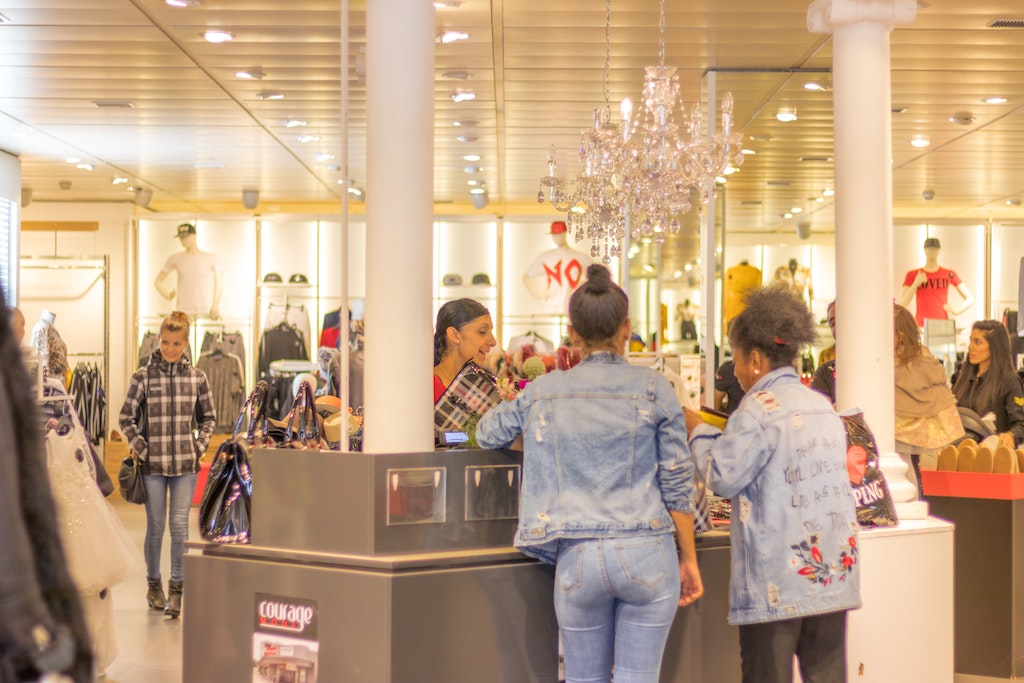Retail consumer trends affect retail real estate in several ways, but the degree of influence may surprise you, especially if you’re new to the industry. The rule of thumb is that as consumers increase spending, investing in retail real estate follows suit. In turn, those properties become more valuable since they’ll have a clear justification for the investment over the long term.
The challenge for investors is reading the tea leaves to determine whether or not consumer spending habits will justify increased investment in the retail space. At this time, the influence appears positive, but how exactly do retail consumers affect retail real estate overall? Let’s go over the most important consumer trends first to lay the groundwork before discussing the real estate side of the equation.
Retail Consumer Trends
As you might expect, digital commerce will keep growing in a post-pandemic world, even though many people have already returned to physical brick-and-mortar stores. So, will this momentum continue beyond 2022 and 2023? Digital retail sales grew 16 percent in 2021 alone, and the sector broke the $1 trillion sales mark in 2022. It is likely that the trend will continue over several years. The current trends would not defend the assumption that digital spending would fall off a cliff once consumers could shop at physical stores again.
Another trend to watch is the further proliferation of the omnichannel shopping experience, which has been a trend well before the COVID-19 disruptions. But now, it’s more pertinent than ever, especially when juxtaposed against retail real estate trends. Indeed, each influences the other, and you can’t separate the two models when buying and selling commercial real estate in the retail space.
You might not think so off-hand, given the current trends, but opening a brick-and-mortar store can actually be a competitive advantage, because retail consumers still desire a smooth experience regardless of the sales channel. The downside is that not every business can accommodate the tech infrastructure necessary to provide such a seamless “phygital” experience. According to McKinsey, 60-70 percent of consumers like omni-channel shopping – and they expect retail businesses to satisfy their demands.

What are the latest retail consumer trends?
Admittedly, at the time of this writing, the latest data points aren’t as straightforward as we’d like them to be. Why? The short answer is that macroeconomic forces are putting a damper on retail investment spending. It’s nearly a day-to-day situation from an investor’s point of view. US consumers are still spending, yes, but what’s changed is the level of uncertainty over how much that increase will actually be.
Once again, the experts at McKinsey provide great insights and show that rising inflation hasn’t stopped people from spending. In fact, actual sales figures have eclipsed the forecast, so does this trend suggest the momentum will continue over the foreseeable future? Some say yes; some say no, but everyone is taking a stand. In this light, the next question is this: how do the latest retail consumer trends affect retail real estate trends? Let’s outline the retail real estate trends first to provide context.
Retail real estate trends
Despite significant economic headwinds, the real estate industry is faring well even though it’s still dealing with a bogged down supply chain too. The problem is more urgent for builders, and this economic environment affects commercial real estate investments overall, including retail real estate. Considering how supply and demand aren’t exactly in line with each other, builders may have no other choice but to pass price increases to investors. The catch is that real estate prices across the board were already rising year after year before the economic disruptions started a few years ago.
Another general trend is switching to a “last mile” model, which we’ve touched upon above. Consumers expect fast service, and many online retailers have caught on to this value proposition. The major corporate retailers are catching up to the pack, and they’re doing so quickly. Walmart’s model is a prime example where they ship large items to distribution centers while still sending small items to the physical location. When consumers want to buy a big-ticket item like a new HD TV, they can choose to pick it up in the store, and it’ll arrive sooner, which leads us to the current trends.
What are the latest retail real estate trends?
Either way, the trajectory remains positive in retail overall; however, the latest real estate trends may reflect a changing landscape – a more competitive landscape, so to speak. For instance, “last mile” locations where distribution warehouses lie closest to consumers are at a premium as more retail companies are reaching for the omnichannel experience. Along those lines, there’s a movement toward revamping the distribution center’s design to accommodate faster, more efficient operations. The catch is that not every company has sophisticated warehousing capabilities, but those who invest as such will likely gain an advantage.
There’s also a trend toward “future proofing” facilities by leveraging adaptable technology and designs. This way, investors can be more flexible in projecting expenses over the long term. If a warehouse is more changeable – and uses the latest state-of-the-art logistics tech – any future disruptions to the supply chain may have less of an impact on the bottom line. Some companies discovered the hard way how vital it is to have a smooth, efficient supply chain.
How consumer trends influence retail real estate
As you can see, consumer trends do, indeed, influence retail real estate, and we’ve outlined the reasons why. Nonetheless, the next question is this: to what degree this influence will have on investing? The answers depend on how much risk an investor is willing to accept at this time. The challenge is putting all of the trends we’ve discussed in context with one another to make a sound decision. Still, we can say that the relationship is positive at the end of the day, with consumer spending still high and retail real estate increasing in value.
In this environment, you have to wonder whether or not this momentum will hold over the next few years. Some experts believe it will continue as value plays a more significant part in consumer spending decisions. The assumption is that inflation reduces a consumer’s purchasing power, but how do you explain strong spending if that’s a rule? That’s essentially where investors stand at this time.
The demand for a better shopping experience is apparent, and retail real estate should benefit from a return to in-person shopping – but consumers aren’t approaching shopping the same way as before the pandemic. They’re looking for products and services that provide genuine value at the right price. Still, what will that price point be when you account for rising inflation? It’s a question with no easy answer, so ultimately, it boils down to risk acceptance.
Furthermore, you have to decide whether or not the retail space is worth the effort because industry leaders have already taken the leap into the omnichannel, experiential shopping experience. A newcomer to retail real estate should understand this trend and account for it in their projections. Otherwise, the risk of miscalculation is high if a property can’t accommodate the offline-online duality.
Moving forward, the retail real estate space will likely become more competitive as more investors understand what the risks are and what to anticipate soon.


Leave a Reply